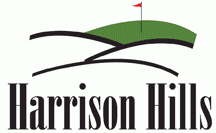About Us
Harrison Hills Golf Club (established in 1924) sits on 200 acres of beautiful rolling hills. The golf course designed by renowned golf course architect, William Langford, features tree lined fairways, strategically positioned bunkers, and outstanding greens. In addition, Harrison Hills captures its’ rich history with a clubhouse dating back to 1924. Amenities include a practice range, a swimming pool, and Maggie’s Grill.
The clubhouse provides event space, meeting space, a fully stocked golf shop, bar, and a new covered structure to enjoy a wonderful outdoor setting with incredible golf course views.
Harrison Hills Golf Club – ranked annually in the top 10 golf courses you can play in Indiana!
Harrison Hills Golf Club has hosted many events over the years.
State Open & State Amateur Qualifiers
IGA Girls State Junior Amateur
IGA Pro-Assistant
US Senior Open Qualifier
NCCGA Regional Qualifier
The Legacy of William B. Langford
(Course Designer)
Harrison Hills has been recognized in an article by Mark Chalfant on the Architecture of William B. Langford. The article can be viewed at http://www.golfclubatlas.com/
From the early 1900’s to the 1930’s William Langford traveled throughout the Midwest putting his mark on the landscape. Harrison Hills is one of several great golf layouts, showcased in this article.
Just another good reason to “Head for the Hills”.


Course Tour
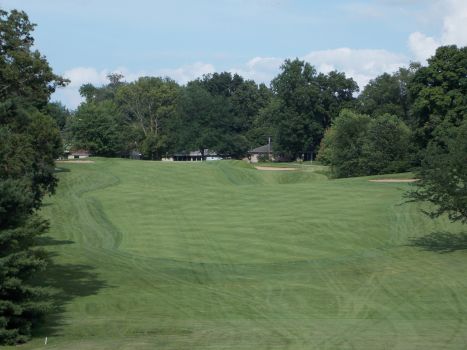 A drive up the right side of the fairway will give you the best look at this uphill starting hole. Mounding and visual deception by William Langford has stood the test of time. Hit the middle of the green and give yourself a chance for an opening birdie.
A drive up the right side of the fairway will give you the best look at this uphill starting hole. Mounding and visual deception by William Langford has stood the test of time. Hit the middle of the green and give yourself a chance for an opening birdie.
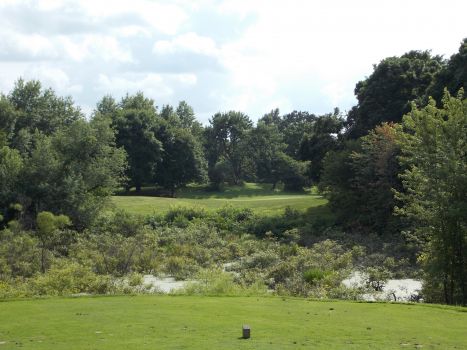 This medium length par 3 requires an accurate tee shot to a small, blind green. Guarded by a deep bunker on the right and an awkward chip from the left, the best miss on this hole is short of the green. Par is a good score here.
This medium length par 3 requires an accurate tee shot to a small, blind green. Guarded by a deep bunker on the right and an awkward chip from the left, the best miss on this hole is short of the green. Par is a good score here.
 Clear the fairway bunker on this short Par 4 and you will have a great look at this pin. A tee shot played to the 100 yard marker is ideal. Make sure to get your yardage to the pin correct on the second shot as this sectioned, big green will penalize a misplayed approach.
Clear the fairway bunker on this short Par 4 and you will have a great look at this pin. A tee shot played to the 100 yard marker is ideal. Make sure to get your yardage to the pin correct on the second shot as this sectioned, big green will penalize a misplayed approach.

This long, straight away Par 4 is ranked the hardest on the course. A good tee shot up the left side will be rewarded with the best angle to the green. The key to playing this hole will be your approach shot. If you cannot reach the green in regulation, make sure to set yourself up with a chip shot from the fairway. Par this hole and you are doing well.
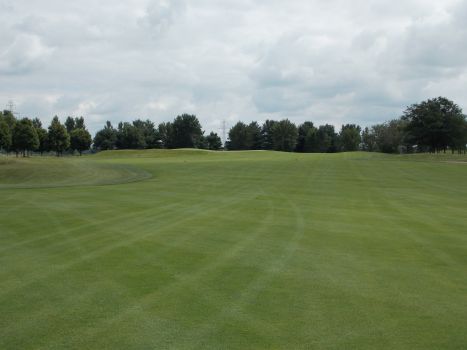
The first of four Par 5’s, this hole requires a good tee shot to a generous fairway. The best angle to this hole is from the right side of the fairway. The approach shot is uphill, usually into the wind, and must carry a deep bunker when the pin is on the left. Par this hole and you will usually lose a shot to the field.
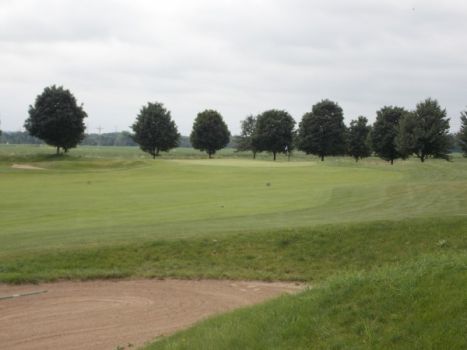
This tight fairway is guarded by two bunkers that seem to attract tee shots. Usually playing into the wind, it is a must to hit the fairway here. If you do, then you will give yourself a mid to short iron into this tricky green. Do not let the subtle slopes of this green fool you as getting your approach close here is always harder than it seems. Make sure to read this putt twice!
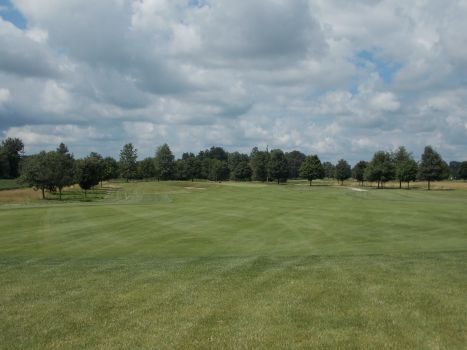
Tee it high and let it fly. This true 3 shot Par 5 has a generous landing area that gives you lots of playing options. Position your 2nd shot on the right side of the fairway to give yourself the best angle to go at this green in regulation. A long, well guarded, slightly elevated green will give you a good challenge for making par.
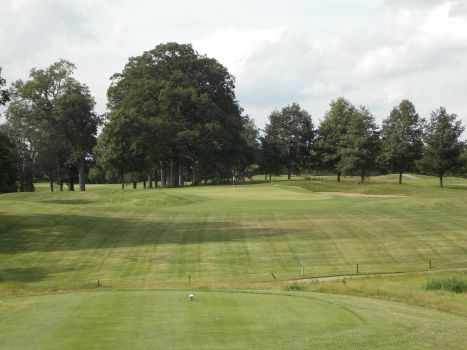
This demanding Par 3 looks easy enough from the tee box. Do not let up though, as the slopes around this green make for an awkward chip shot. One of the biggest greens on the course, getting the yardage correct to the pin is key. Par on this hole should make you feel good.

A great opportunity awaits the player that can hit their tee shot long and down the left side of this fairway. Do not get too greedy though as cutting off too much of the dogleg will result in a shot that finds the tall grass. The beautiful view of the 1920’s Tudor clubhouse in the background gives you a sense that your 9 is already over but a misplayed approach here will definitely get your attention back to golf. One of the hardest greens to read on the course. Finish strong, get your par, and get ready for the back nine.
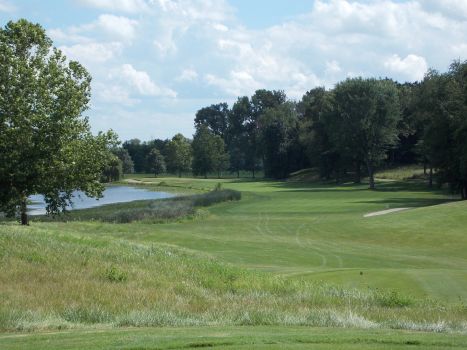
What a view! A small pond protects the entire left side and huge trees the right of this very demanding Par 4. A good tee shot to the middle of this fairway will bring you a sigh of relief. The relatively flat green has subtle slopes making it tough to get your approach close. Hitting the middle of this green does not even assure you a two putt. Stay away from the “other” and move on.
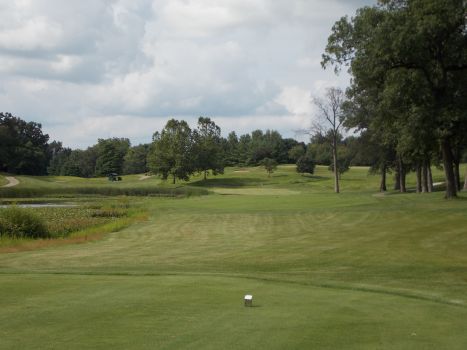
This short Par 4 is reachable by the big hitters and offers many options from the tee box. Avoid the small pond on the left and trees right and you are left with a mid to short iron into this huge, sloping green. Making a birdie here will get you a shot back but it will not be as easy as you would like.
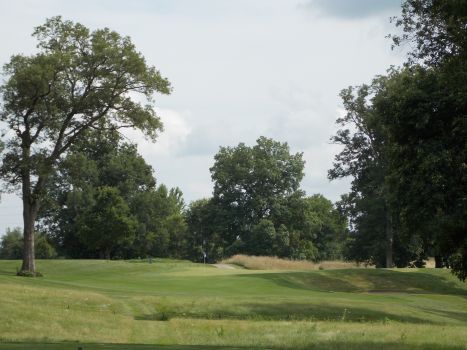
A wonderful setting for a Par 3. Nestled in an old oak grove, this uphill Par 3 is as visually intimidated as it gets. With oaks overhanging the tee, a deep bunker guarding the right half of the green, and a large oak that overhangs the front left, getting the distance right is a must. Take enough club, make a good swing, make a good par, and enjoy the surroundings.
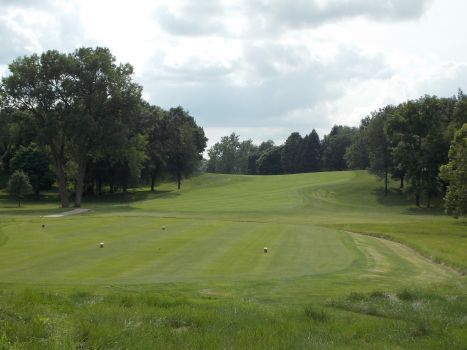
This uphill tee shot on the first Par 5 on the back makes this hole play longer than the yardage on the card. Straight tee shots are a must as the elevated fairway causes errant shots to end up down in deep swales. If laying up, play to the 100 yard marker. Two extremely deep bunkers guard this green for the players attempting to hit it in two and on errant approaches. A small green with a false front and lots of break will make putting a challenge.
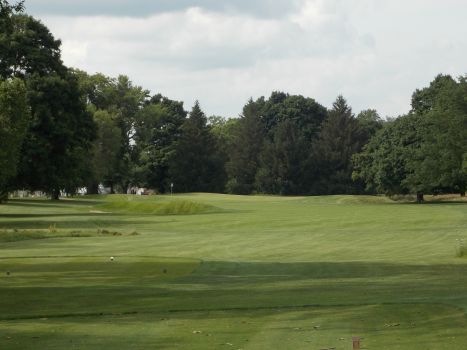
Another short Par 4 offers a great chance for a birdie. Tee shots must stay right of the fairway bunker as going in here makes for a difficult par. The long hitters can challenge this green but must avoid Highway 41 and deep bunkers around the green. Getting the ball close to the pin can be tough as the green slopes to the front and then away in the back right.
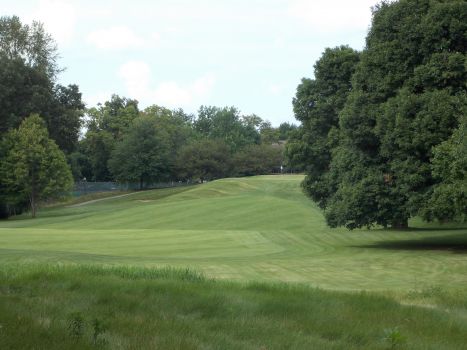
This uphill, dogleg right, has been the signature hole since it was built in 1924. A blind landing zone with OB that seems to creep in from the left requires a smart tee shot. Play your tee shot to the 100 yard marker but get a good look at the pin from the tee as a blind second shot awaits to this elevated green. Two of the deepest bunkers you will ever see guard the right and left sides of this narrow, undulating green. A huge hill in the middle of this green dissects the front and back. Chose your approach yardage wisely.
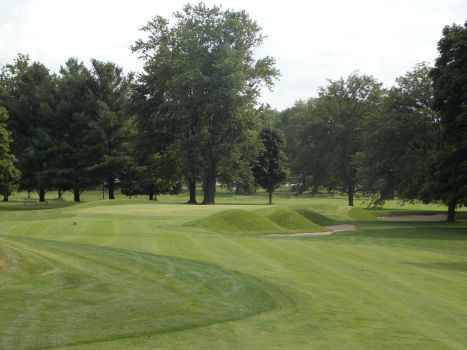
A good tee shot here will follow the fairway slope from left to right. Make sure to avoid the fairway bunkers and you are still left with a mid iron to a visually deceptive approach shot. The three mounds in front of the green hide the putting surface and severe false front. Hitting the middle of this small green is easier said than done as the back of the green slopes away from you. Par is a great score.
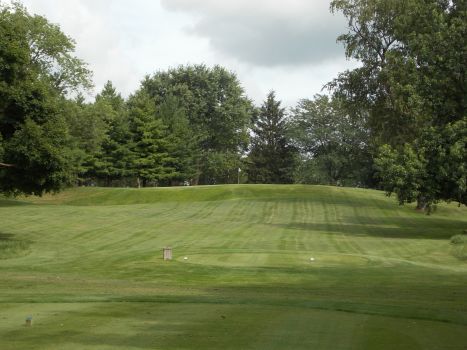
Do not let the length of this rare uphill Par 3 fool you. Although it plays less than 150 yards, it is all carry and protected on three sides by huge drop-offs and bunkers. Getting a shot close here is made even tougher by a green that slopes away on almost all sides. Birdies here are rare.
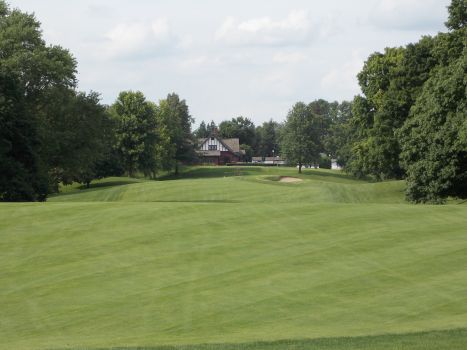
This Par 5 finishing hole will hold your attention until the ball is holed. A demanding tee shot, aim at the right side of the clubhouse to find the fairway. The uneven lies throughout the hole will force you to hit good shots coming in. Make sure to avoid the trees that frame this hole and fairway bunker on your way home. Your shot into this green needs to be below the hole to give yourself the best chance to finish your round with a made putt.
